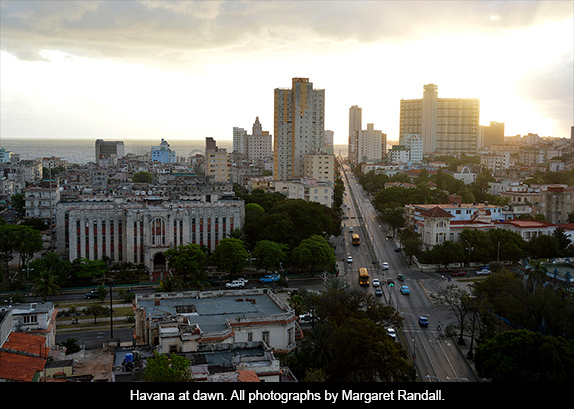
Cuba, the Caribbean island only ninety miles from the Florida coast, is lied about in our corporate press more than perhaps any other country. Before January of 1959, it was a favorite playground for US citizens seeking a good time at Mafia-owned nightclubs and brothels. Since its revolution, which came to power in that year, it is a small nation with an immense goal: to break free from foreign influence and create a society based on justice. Supporters advertise it as the society of the future. Detractors exaggerate its problems, and many of them work actively to destroy the revolutionary project.
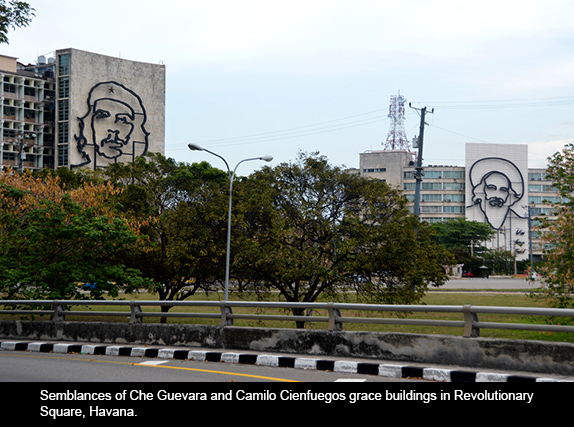
I lived in Cuba for eleven years, from 1969 to 1980. I raised my four children there, where two of them obtained their university degrees. In subsequent years I have returned many times, most recently in April 2014. On each visit I have tried to pay close attention to how people’s lives have changed, for better or for worse. I have tried to assess what new problems a US embargo lasting more than half a century has placed in the way of progress. I have been attentive as well to the role the revolution’s own problems have played in the complex history of this brave nation.
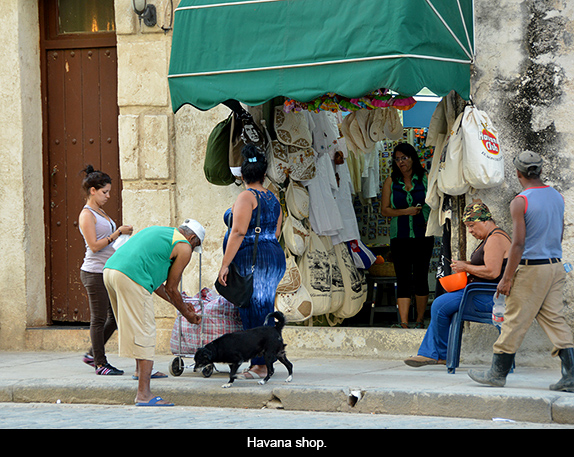
Our mainstream media has been relentless in its effort to hide the truth about the Cuban revolution. There is a joke that reflects a sad reality. They say the first article one reads about Cuba in the US press causes one to question everything about the government in power. By the second article, one is inclined to believe socialism is an authoritarian system, suspect and oppressive. By the third, one shudders; it must be true what they say, that the Castro brothers have the country in a vicious vice from which only liberation will free it.
Like so many superficial appraisals, this one bears little resemblance to truth. Before Fidel Castro and his small band of revolutionaries waged the war that would oust a brutal dictator, Cuba was an absolutely stratified country. A few wealthy landowners, many of them in sugar or rum, employed hundreds of thousands of seasonal workers who earned a meager living three months of the year. In rural areas, people had little access to education or healthcare. Unemployment and underemployment were rampant. Society was sharply divided along racial lines. US control took a great deal of profit out of the country. And a military official named Fulgencio Batista had staged a takeover that imbued an unjust system with added violence.
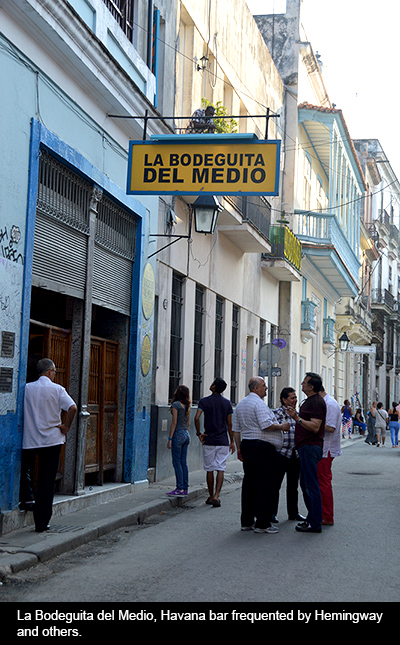
A young lawyer named Fidel Castro led a successful revolution that came to power in a surprisingly short period of time. Its initial shot was fired in July of 1953, and the war was won by the end of 1958. The new government soon declared itself socialist. The US broke with Cuba, and established a cruel blockade that remains in place. It not only refused to engage in trade, but punished other countries that did. Cuba, bereft of most of its Latin American community of nations, turned to an alliance with the Soviet Union and Eastern European bloc.
When the socialist community of nations imploded in 1989, the United States intensified its assault with legislation known as Helms-Burton. It has never given up in its efforts to destabilize and defeat the Cuban revolution, engaging in such covert actions as exporting disease to animals and crops, putting a variety of squeezes on the country’s economy, making repeated attempts on Fidel’s life, and keeping up a ongoing propaganda war via Radio Martí, among much else.
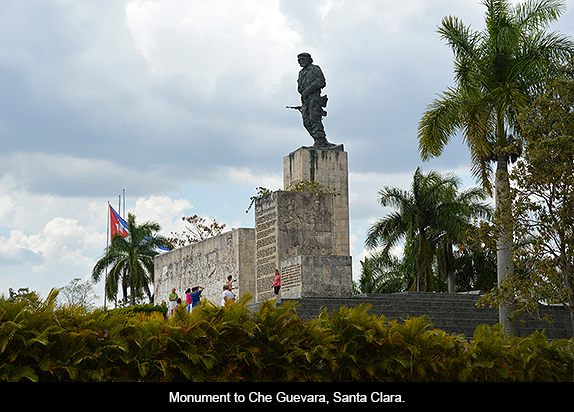
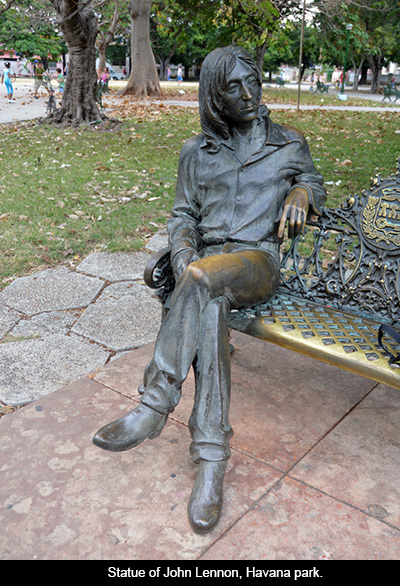
Many Cubans have left their country through these decades, in a succession of departures, some of them massive and others part of a long steady flow. Many have been lured by a US immigration policy that denies entrance to refugees from war zones far and wide while privileging anyone arriving from Cuba. Many have completed fine educations earned on the island and used them to get jobs in other places. One can always find a dissatisfied Cuban. Yet the vast majority of citizens have remained in their homeland, stalwartly facing shortages and other difficulties, intent upon creating a society based on justice. Today there are also more and easier connections between the Cubans who stayed and their family members in the diaspora. For all the propaganda about those who leave, there are thousands of stories of those who stay—courageously participating in a project that, despite all odds, has achieved amazing victories.
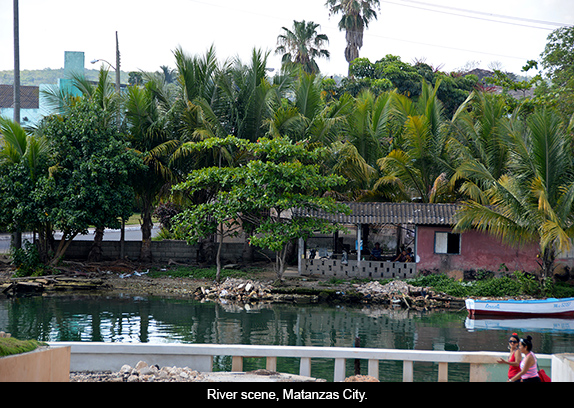
The first of these victories is endurance, the fact that decades of US overt and covert action has not been capable of destroying a system that puts people’s needs before profit. The fact that the Cuban revolution continues to exist is, in itself, a kind of miracle. The revolution’s great successes have been in the areas of health and education. The latter is free and accessible from childcare centers through post-graduate work at prestigious universities throughout the island. Cuba is world-renown in medicine (including neuroscience), many foreigners attend its fine medical schools, and tens of thousands of Cuban health personnel give generously of their expertise in dozens of poor countries throughout the world. They have also been there for major disasters such as earthquakes and typhoons. Cuba offered a field hospital and doctors to the city of New Orleans following Katrina, but the US government refused.
The Cuban revolution is not perfect, despite claims by many on the US left. Revolutions are made by humans, and humans—as we know—come in a variety of shapes, sizes, imagination and degrees of integrity. The country has known periods of repression against intellectuals and artists who think outside the box, and against homosexuals and others perceived as “different.” It has rectified these errors, though, and its ability to look at itself critically and promote open discussion about past errors is one of the things that has always given me great hope. One has only to listen to the epoch-making lyrics of those of The New Song Movement—singer/songwriters such as Silvio Rodríguez and Pablo Milanés or their several generations of descendants, view decades of extraordinary films, read a rich and vibrant literature, become acquainted with Cuban theater, or appreciate the country’s great number of powerful visual artists, to understand the depth and variety of its artistic expression. The Cuban revolution is not afraid to reinvent itself, which I think is one of the things that keeps it alive.
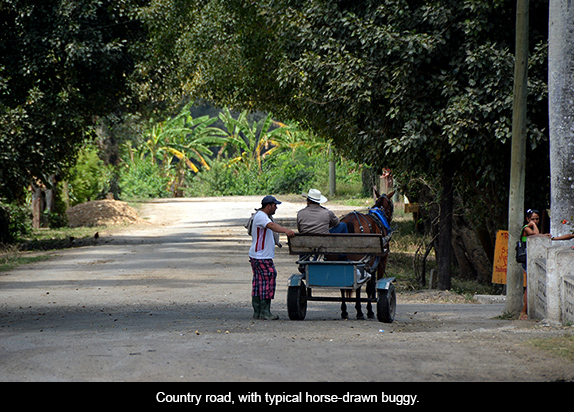
When I lived in Cuba in the 1970s, housing, food, clothing and household items were scarce. So that everyone had enough, so that nobody had to go hungry or homeless, strict rationing was enforced. I remember that our family got three-fourths of a pound of meat a week, six pounds of rice a month (Cubans eat more rice, even, than the Chinese), a liter of milk a day for each child under the age of twelve, and one pair of new shoes a year. Many of us helped harvest crops, and when the potato crop was in, piles of potatoes would appear at the grocery store. Availability of certain items went up or down, depending on weather, transportation, and other variables.
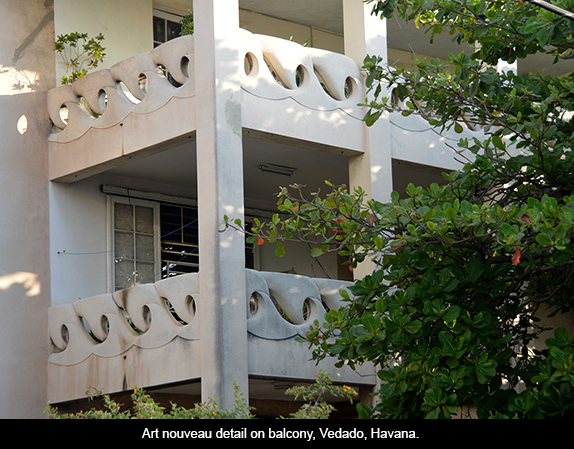
Life was not easy, but the important things were guaranteed. More importantly, values of justice and fairness were being developed and old patterns were changing—some faster than others.
After the fall of the Soviet Union, Cuba was faced with a crisis that made all previous crises seem insignificant. In the United States we called our 2008 economic downturn a recession. Somehow, it didn’t qualify for the term “depression,” although those who suffered most probably didn’t agree with the terminology. In Cuba, following the implosion of the Soviet Union, they called the disaster a Special Period in Time of Peace. 1993 was the worst year. In a period of only 36 months, the country’s Gross National Product (GDP) went from an annual average of seven billion five hundred million dollars to one billion two hundred sixty five million dollars.
In the three preceding decades, the revolution had managed to place Cuba third economically in all of Latin America; only Chile and Colombia had a higher standing. Afterwards, the country fell to 23rd place. Whereas during the previous era of socialist economic integration, the Council for Mutual Economic Assistance (CMEA), or Comecon, had provided preferential pricing to Cuba and all the countries involved traded on equitable terms, tiny Cuba now stood alone to face the storm. Many thought it would not be able to survive.
But years of resistance stood it in good stead. Cubans tightened their belts even further, and managed to weather that storm. It helped that they were accustomed to sacrifice. It also helped that the Cuban state still regarded it as an obligation to prioritize basic human needs, such as healthcare, education, and culture. Needless to say, though, a great deal fell by the wayside. Some factories closed, and their workers were relegated to their homes on only partial salaries. Goods and services became even harder to get. Havana’s beautiful old buildings went to ruin. Public transportation was more difficult than it had been. Corruption—much of which might more accurately be called “getting by”—increased.
Slowly, laboriously, the country remade itself yet again. Fidel Castro, aging and infirm, stepped down. His brother Raul took over; instituting changes that have generally been well received. A vibrant new cultural era opened up, in which writers, artists, and intellectuals in general held open discussions of a previous repressive period, searching for the reasons that rigidity had been allowed to fester and establishing safeguards against its return. Younger generations are being primed to take over.
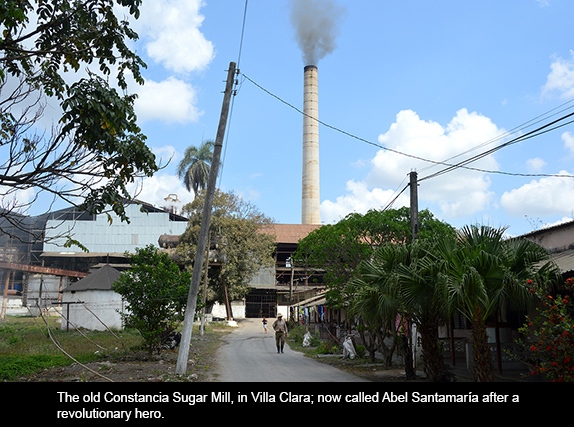
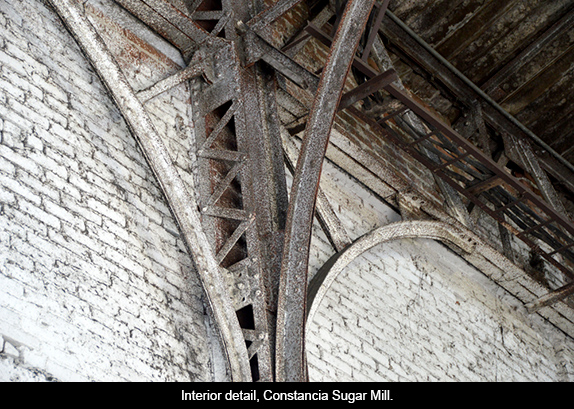
Today international investment has opened up, under very favorable conditions. Brazil has just constructed a major shipping port at Mariel, the seaside town that saw such dramatic exile in 1980. A variety of nations have built hotels and other enterprises. Investment is soon expected to include Cubans. Neighborhoods where foreign workers live rival those in any of the world’s capitals. There are plans for many of the aging sugar mills to be modernized.
Under the city’s brilliant historian Eusebio Leal Old Havana, a UNESCO world heritage site, continued to expand. Every year witnessed new areas of revival and reconstruction. School children enjoy three-month periods of study at a number of exquisite museums, putting them in hands-on touch with the world’s great art. The family medicine program continues to refine its preventative medicine model.
Today, Cuba is one of the countries that most fully and successfully employs the social sciences to identify and solve complex problems. And there are many of these. One is immigration. Cuba and the US have long had a contentious relationship with respect to people leaving the island and heading to the United States. It had been hoped that Obama would improve the situation, but in many ways his administration has been worse than Bush’s. It is now easier for Cubans living outside the country to visit their families on the inside, but overall restrictions are still in place.
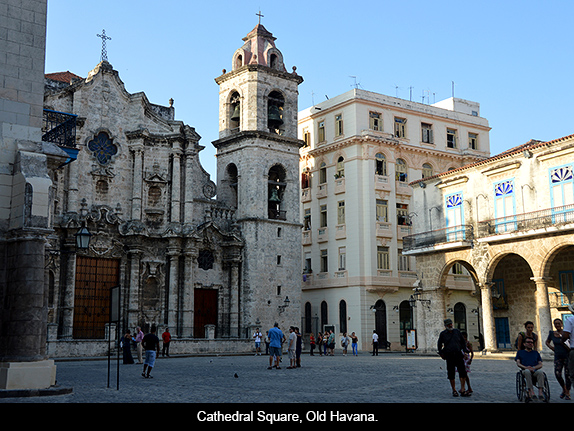
Approximately 36,000 Cuban emigrate each year, most to the United States. Many of these are young people, who have recently obtained a fine college education and become competent professionals. They bring that achievement with them, and begin to produce for the society to the north. There is a reverse immigration as well. In each of the past two years, some 6,000 people have returned to Cuba to live. But these are mostly retired individuals, whose pensions allow them a good lifestyle on the island. Cuba will have to find ways to care for these non-productive citizens, increasing its capacity to care for the elderly, provide specialized healthcare, and build old age homes.
A second serious problem concerns global warming. The Indian Ocean and the Caribbean are the two places where climate change has most intensely affected land mass. It is predicted that Cuba will lose a considerable part of its national territory over the next decades. Seventy-three whole population centers have been identified that will have to be moved inland by 2050. This too will be disruptive and costly.
There are subsidiary problems, such as stress and smoking. It is often frustrating to have to find ways to get from one place to another, put up with periodic shortages, and battle bureaucracy. Cuba has one of the highest numbers of smokers per capita in the world. Whereas most countries are judged by the prevalence of places where smoking is not permitted, Cuba is judged by the prevalence of places where it is. Last year lung cancer overtook heart disease as the leading cause of death. Just about the only place in Cuba where smoking is not allowed is in its hospitals, yet many get away with smoking there.
Post-traumatic stress is not uncommon. I had been curious, though, as to why Cuban veterans returning from Africa did not seem to show the levels of PTSD that have been so high among US veterans of Iraq and Afghanistan. On my recent trip I understood this better. Cuban soldiers in Angola and Ethiopia were immensely proud of their contribution to a socialist option in Africa. They enjoyed a close community, and when they returned home felt that the State was doing its best to offer them whatever help they needed. Increasing percentages of US veterans have come to believe they were sent to fight useless wars on false premises. Upon their return home, many face unemployment and inadequate medical services. Indexes of homelessness, suicide, homicide, domestic violence, and despair are understandably high.
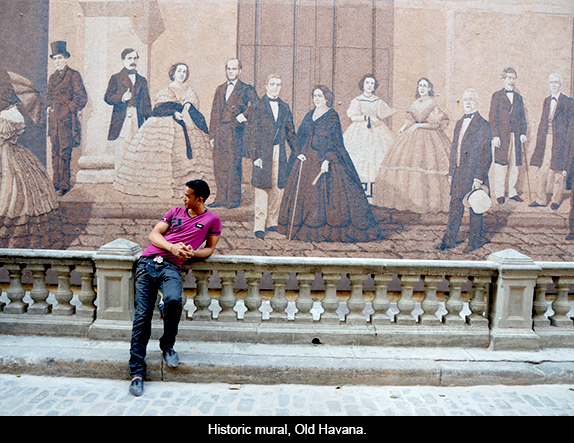
A third problem is the aging of the traditional revolutionary leadership, those men and women who fought and won the war, and were central to designing the new society. There are those who rail against this traditional leadership, and many, including myself, who feel it has become entrenched. Still, there is a level of respect for and belief in these people that will not easily be substituted. Many are eager for a younger generation to take over. But it is clear they will have a very complex set of problems on their hands.
During the heady days of world socialism, a great many countries experimented with their respective programs of social change. Many of us looked past the Soviet Union and socialist countries of Europe, believing their models were rigid and ultimately doomed to fail. For a while the Chinese model seemed seductive. Vietnam and other Southeast Asian nations had much to offer. In Africa there was great promise and also widespread failure. In Latin America new models, such as those being tried out in Uruguay, Bolivia, and El Salvador seem hopeful today.
Through it all, Cuba remains. For all its problems, there is still so much about Cuban society that is extraordinary. A succession of US administrations, acting more like playground bullies than like leaders who can respect ideological difference, have kept up a dogged pressure. Unperturbed that their policies hurt the Cuban people infinitely more than the Cuban system, they continue to provoke and punish. And Cuba, convinced of its right to choose its own destiny, continues to fight back.
Cuban creativity is among the aspects of that country’s culture that I, as a poet, find most exciting. In subsequent articles for the Mercury, I will zero in on two ongoing projects I find compelling: a unique publishing project in Matanzas province, and a sculptural wonderland on the outskirts of Havana.
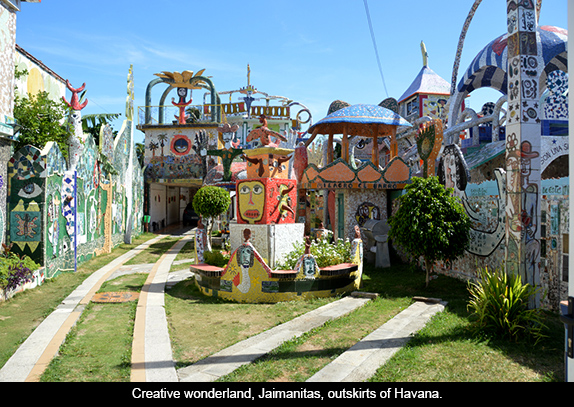



Responses to “Friday Voyage: Cuba, Part 1”